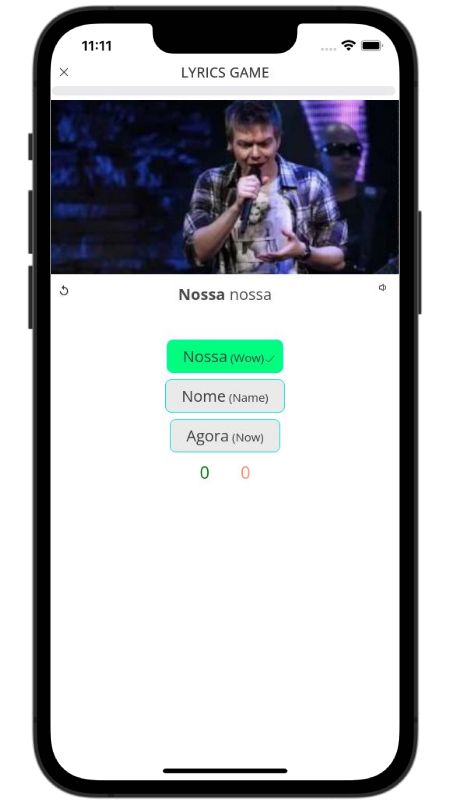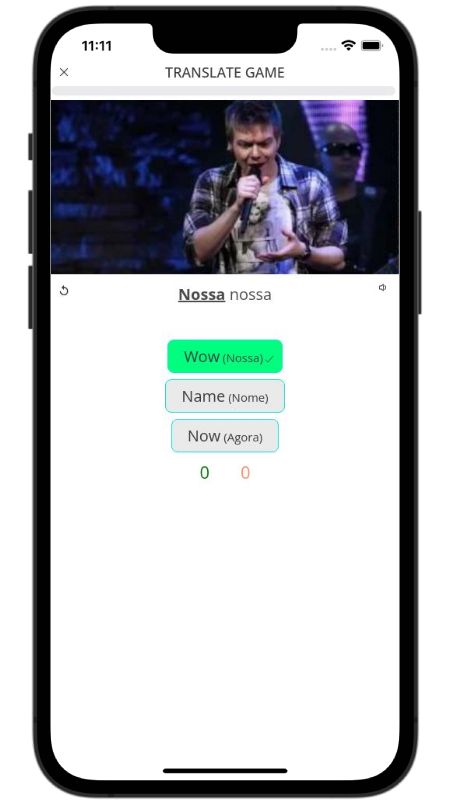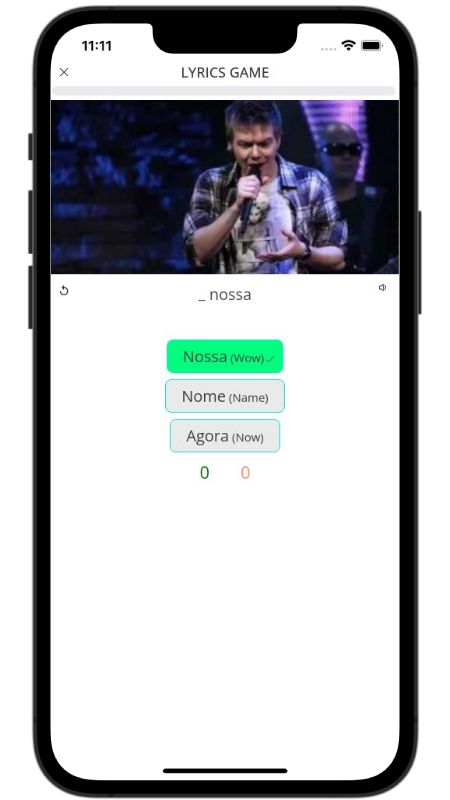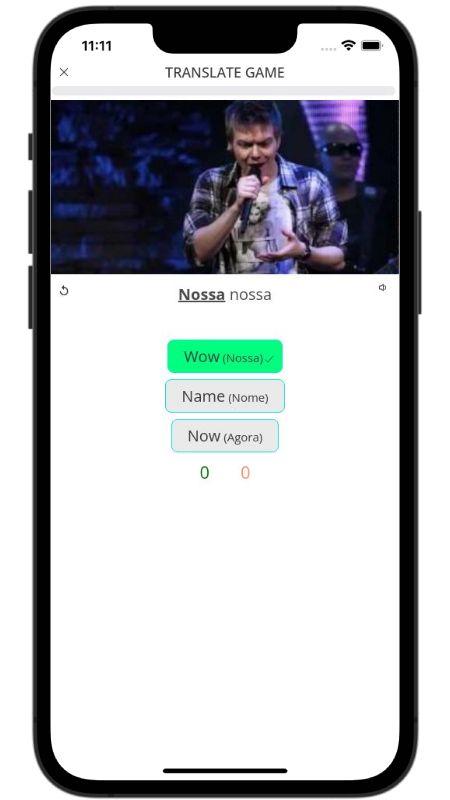Serafim Lyrics in English Gilberto Gil
Below, I translated the lyrics of the song Serafim by Gilberto Gil from Portuguese to English.
When the agogô sounds the clang of iron on iron
It'll be like the calf's bellow
Bled to please great Ogum
When the hand strikes the drum
It'll be skin upon skin
Life and death so it's watched over
By the orixá and by the egum
Keep singing the ijexá to Father Xangô
to Iansã and Mother Oxum
Like God, there's none
It'll always be like this
It'll be peace, it'll be war, seraphim
Through Exu's mischief
Despite the rough crossing
It must be this way
It must always be stone upon stone
It must be brick upon brick
And the solace is knowing it won't end
Keep singing the ijexá to Father Xangô
to Iansã and Mother Oxum
Like God, there's none
Keep singing the ijexá to Father Xangô
to Iansã and Mother Oxum
Like God, there's none
Lyrics and Translations Licensed & Provided by LyricFind
Did you like these lyrics?
Did you know?
In addition to reading lyric translations, you can now learn Portuguese with music and lyrics from your favorite artists.
No more boring lessons. You can now learn with engaging and culturally relevant lyrics from the best artists.
Apple and App Store are trademarks of Apple Inc.
Google Play and the Google Play logo are trademarks of Google LLC.
iOS AppAndroid AppWeb LessonsJoin ClassroomLyrics TranslationLyricsBlogAbout UsFree PDF WorksheetsBuy as Gift











